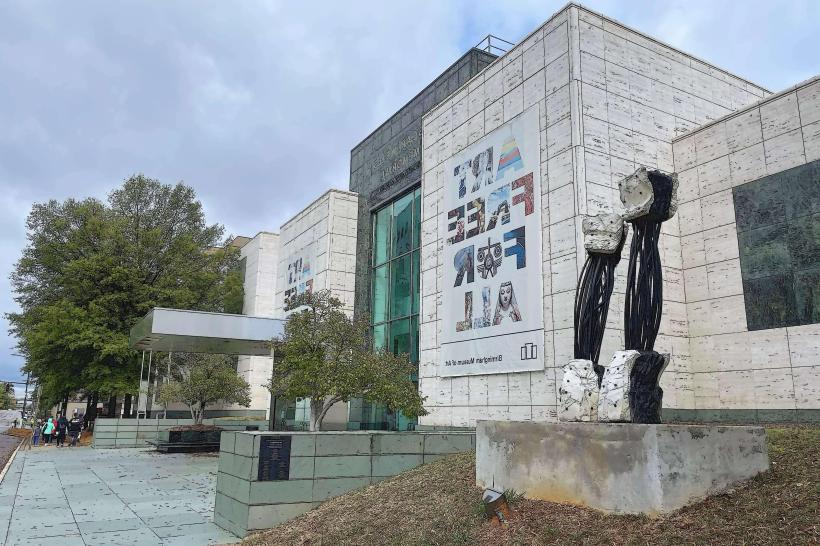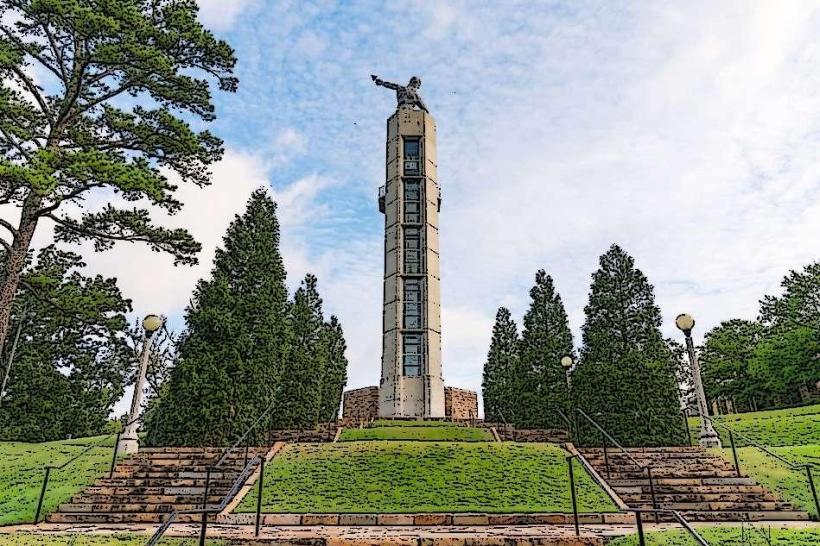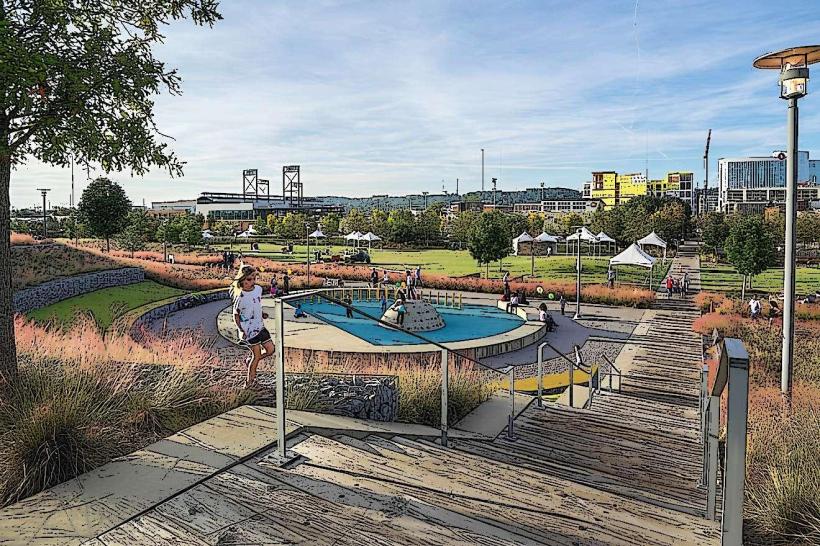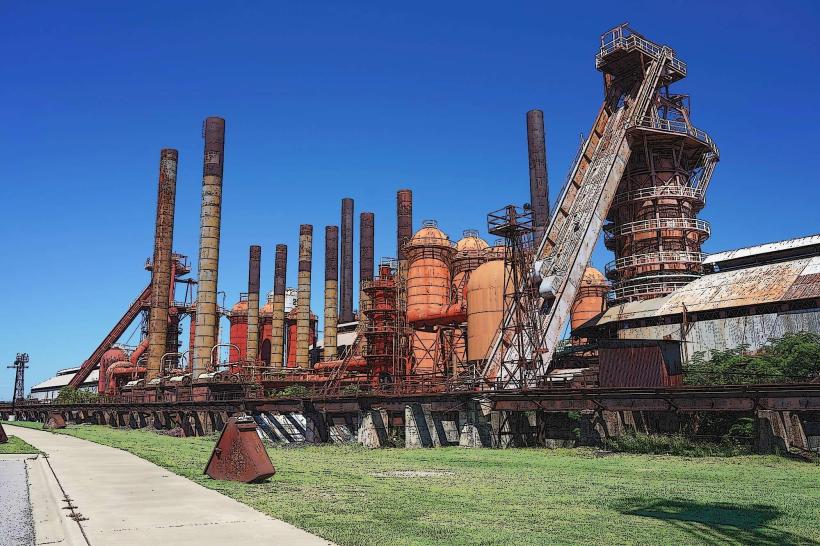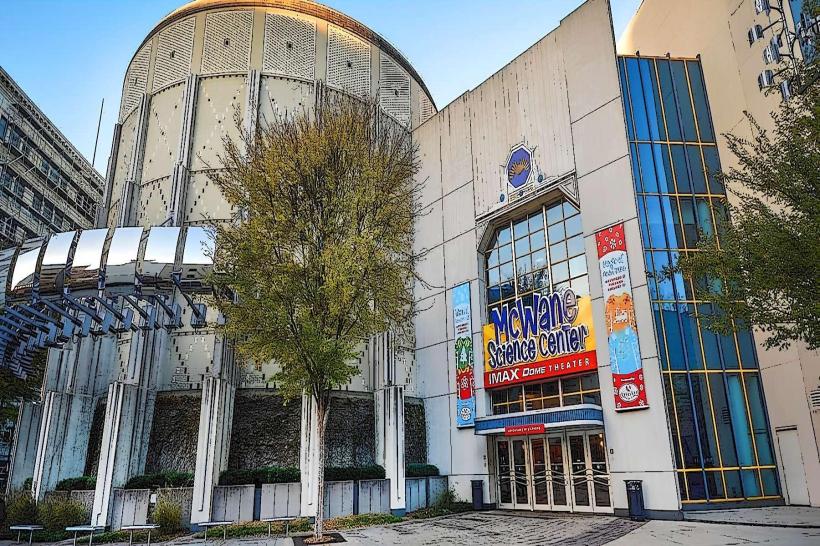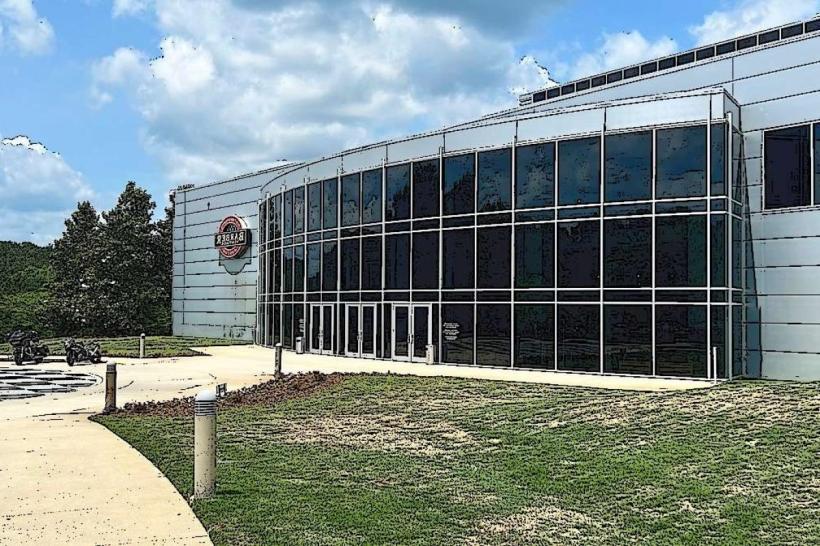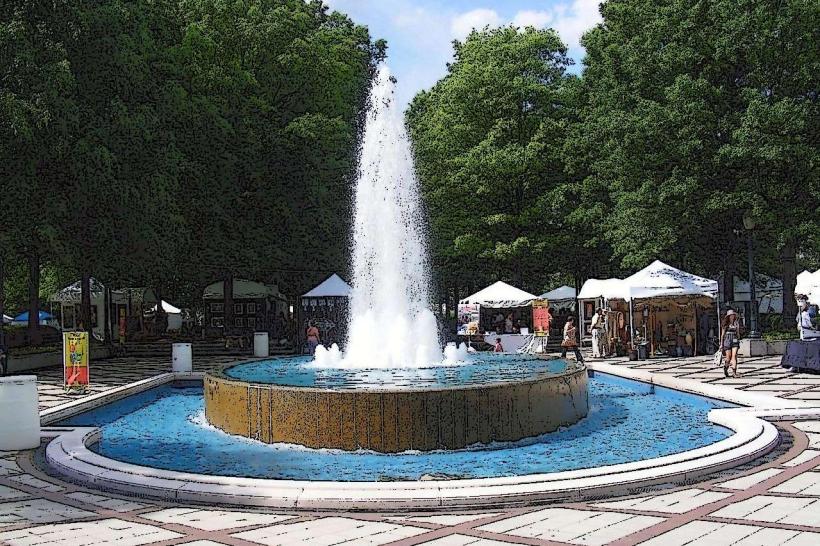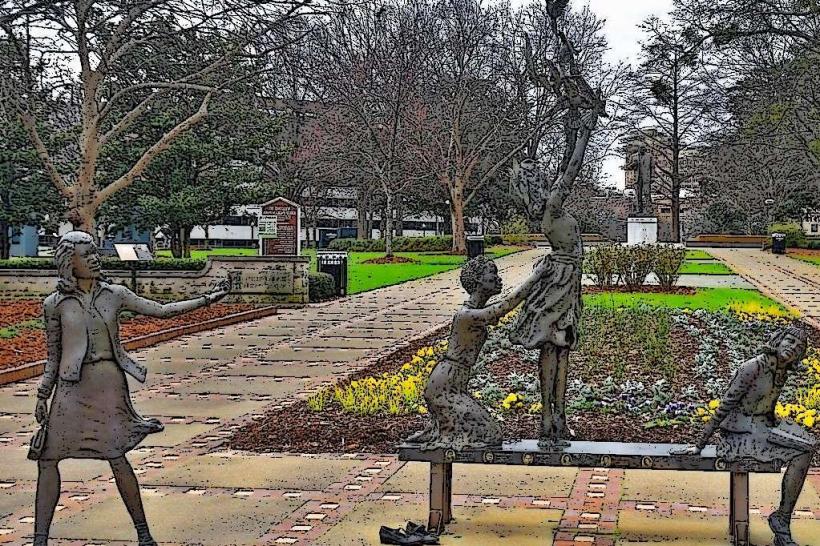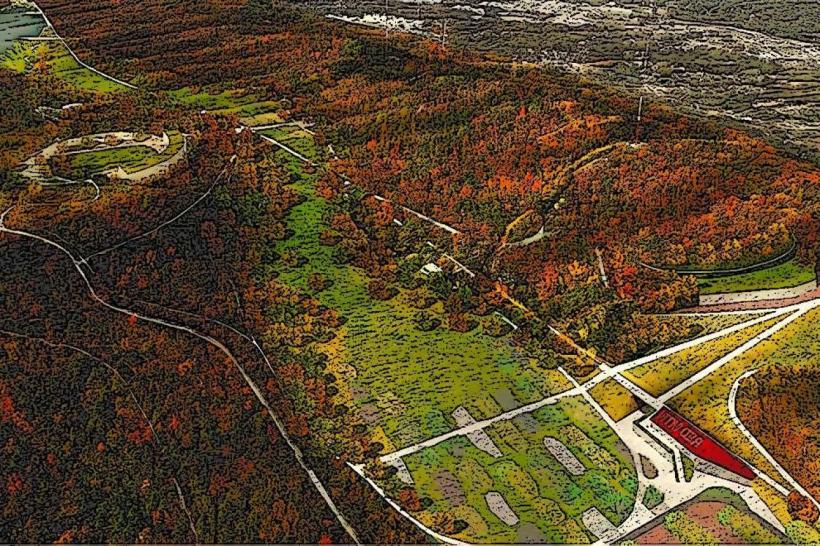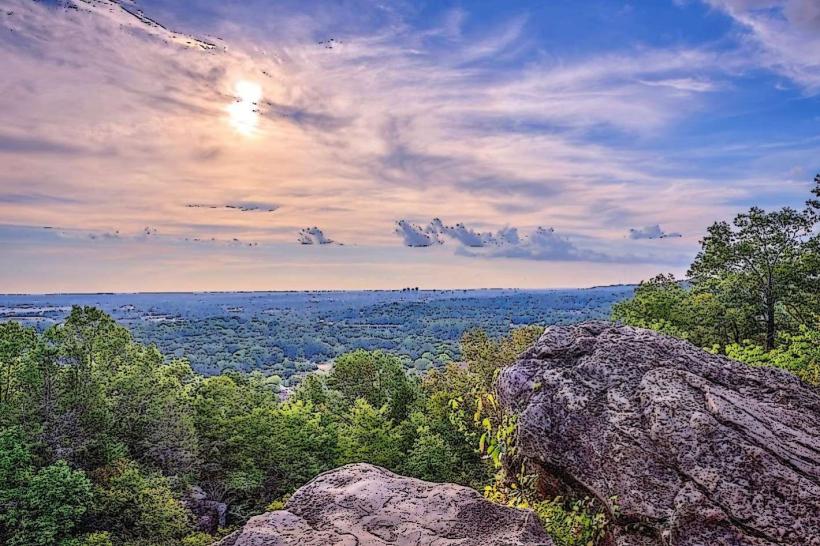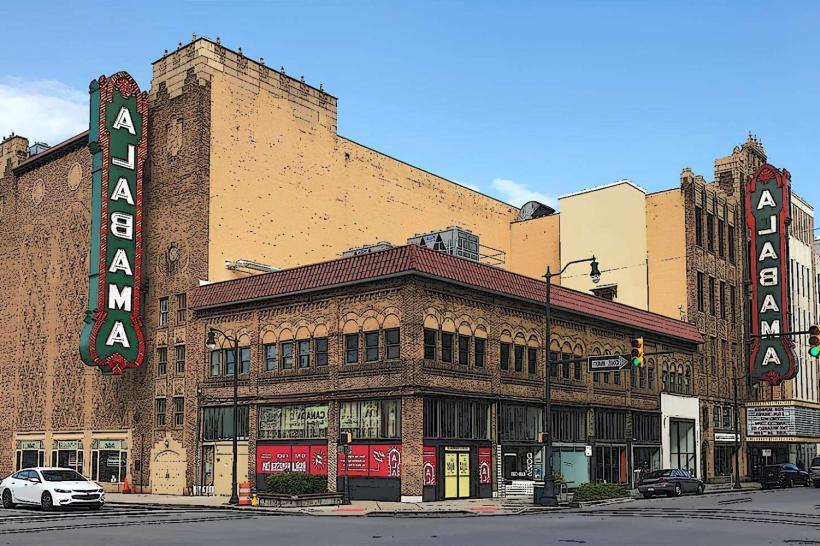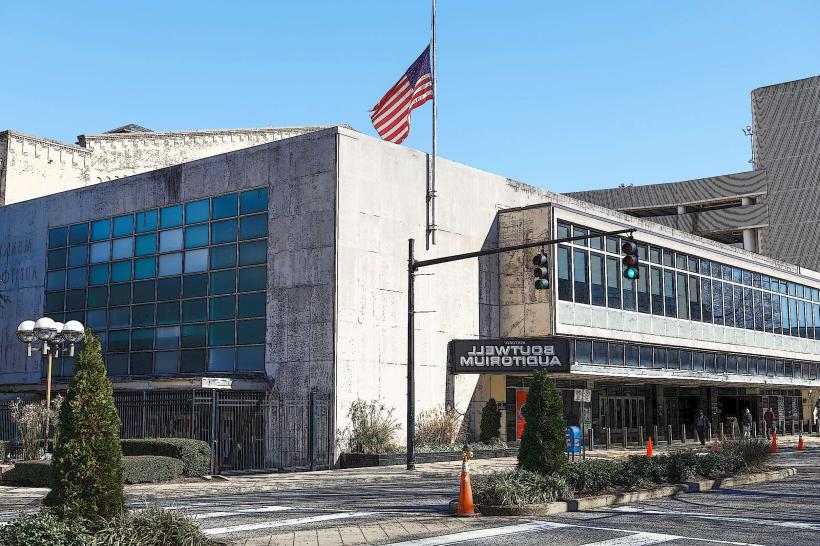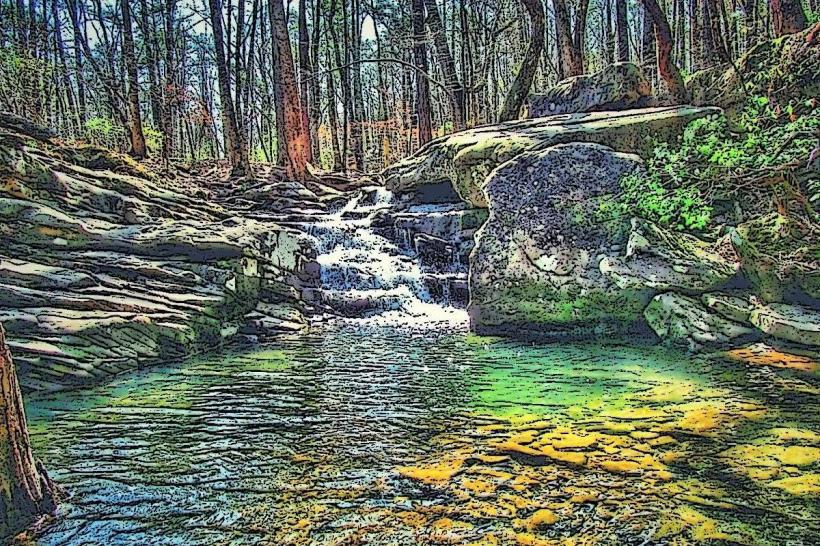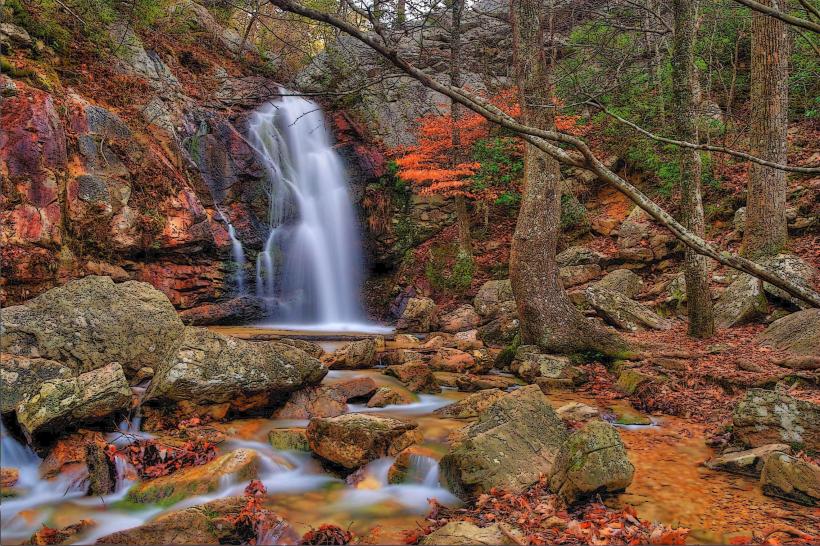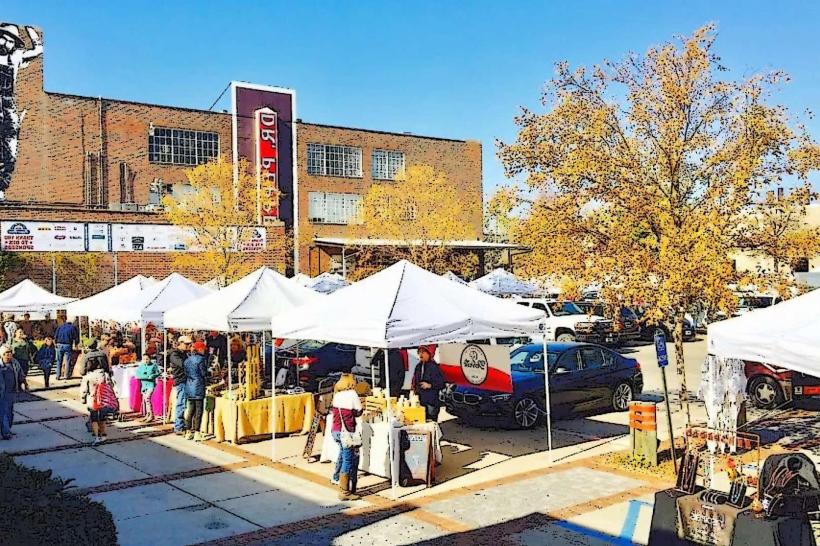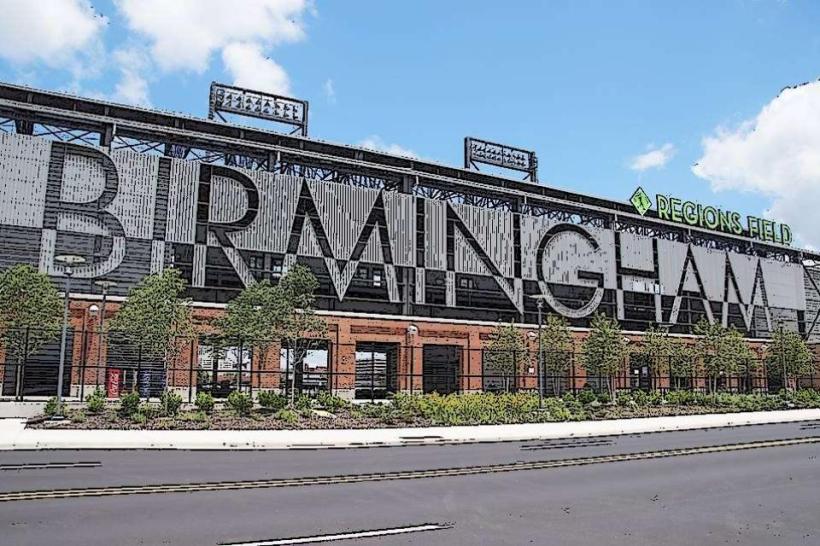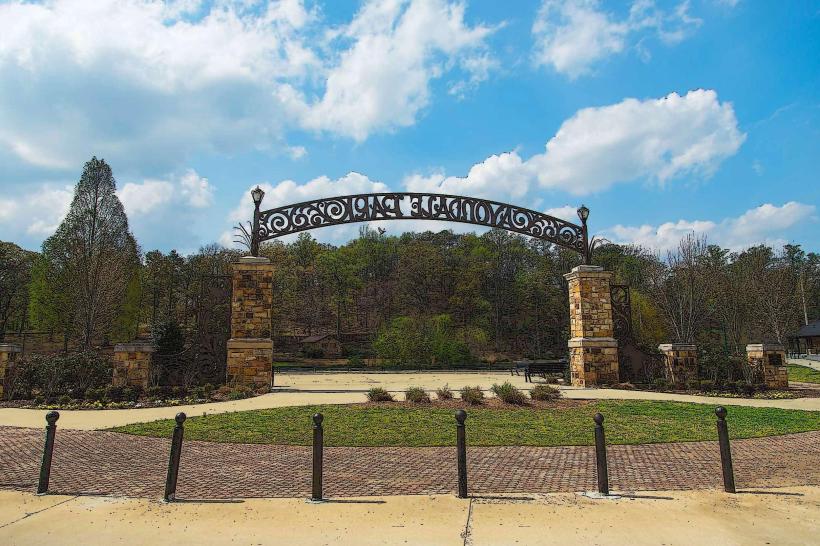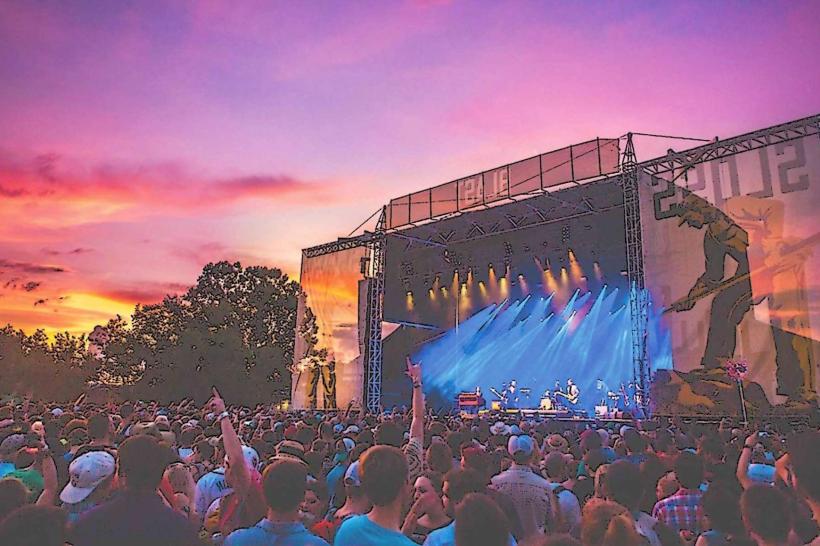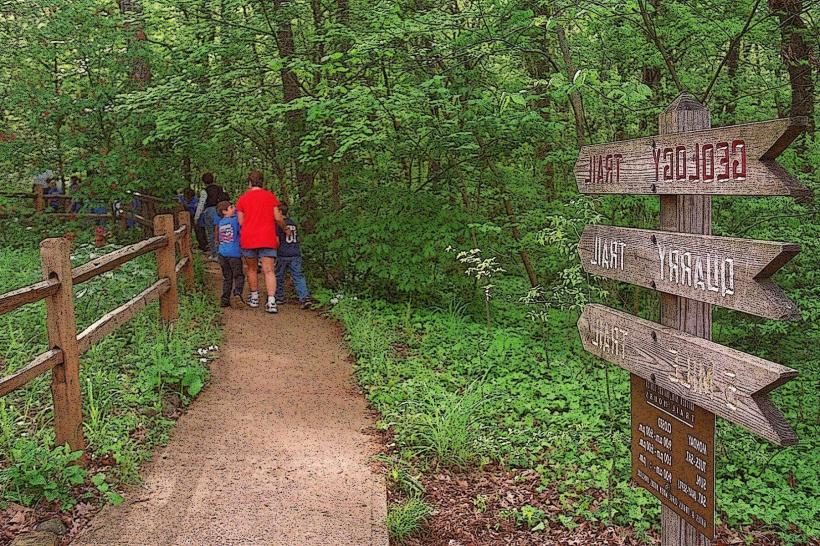Information
Landmark: Birmingham Civil Rights InstituteCity: Birmingham
Country: USA Alabama
Continent: North America
Birmingham Civil Rights Institute, Birmingham, USA Alabama, North America
The Birmingham Civil Rights Institute (BCRI) is one of the most significant cultural and historical institutions in Birmingham, Alabama, and a cornerstone of the Civil Rights District. Opened in 1992, the institute serves as both a museum and an educational center, documenting the struggle for civil rights in the United States while connecting those struggles to global human rights issues.
Historical Context and Purpose:
Located across from the historic 16th Street Baptist Church, a pivotal site in the Civil Rights Movement, BCRI was conceived to preserve the legacy of Birmingham’s role in dismantling segregation and advancing equality. Its mission is not only to showcase the events of the 1950s and 1960s but also to inspire ongoing dialogue about justice, tolerance, and human dignity.
Layout and Experience:
The institute is designed as an immersive journey through history:
Segregation Galleries: Visitors begin by walking through spaces recreating segregated classrooms, buses, and public facilities, illustrating the realities of Jim Crow laws in the South.
Movement Galleries: Exhibits trace key events of the Civil Rights Movement, including the Montgomery Bus Boycott, Birmingham Campaign, Children’s Crusade of 1963, and the bombing of the 16th Street Baptist Church. Multimedia displays, oral histories, photographs, and artifacts bring these events to life.
Confrontation and Change: This section highlights how nonviolent protests, legal challenges, and grassroots organizing confronted racial injustice, ultimately leading to the Civil Rights Act of 1964 and the Voting Rights Act of 1965.
Global Human Rights Gallery: Beyond U.S. history, the institute draws connections to international struggles for freedom and equality, demonstrating the universal relevance of civil rights.
The Wall of Tolerance: An emotional finale where visitors can make personal commitments to promoting justice and equality.
Educational Role:
BCRI functions as a living classroom. It hosts school field trips, teacher training, community workshops, and youth leadership programs. Oral history projects preserve the voices of local activists and citizens who lived through segregation. The institute also collaborates with universities and civil rights organizations for research and public programming.
Events and Programs:
Annual Civil Rights Conference: Brings together scholars, activists, and leaders to discuss human rights issues.
Lectures and Film Screenings: Cover topics from race relations to social justice movements.
Special Exhibits: Rotating displays expand the focus to broader cultural and global themes, from women’s rights to contemporary activism.
Community Engagement: Public forums and civic dialogues encourage conversations on race, equity, and reconciliation.
Sustainability and Cultural Preservation:
The institute’s role extends beyond history-it acts as a guardian of memory while promoting inclusivity and forward-looking change. Its design and curation emphasize empathy, inviting visitors to reflect on both past injustices and ongoing struggles.
Visitor Tips:
Allow at least 2–3 hours to fully experience the exhibits.
The institute is part of the Birmingham Civil Rights District, alongside the 16th Street Baptist Church, Kelly Ingram Park, and the A.G. Gaston Motel. Exploring these together provides a complete picture of the movement’s local impact.
Exhibits are deeply moving, so pacing visits with breaks is recommended, especially for younger audiences.
Photography may be limited in certain galleries to protect artifacts.
The Birmingham Civil Rights Institute stands as both a memorial and a catalyst-honoring the sacrifices of the past while urging continued commitment to justice, equality, and human rights worldwide.

